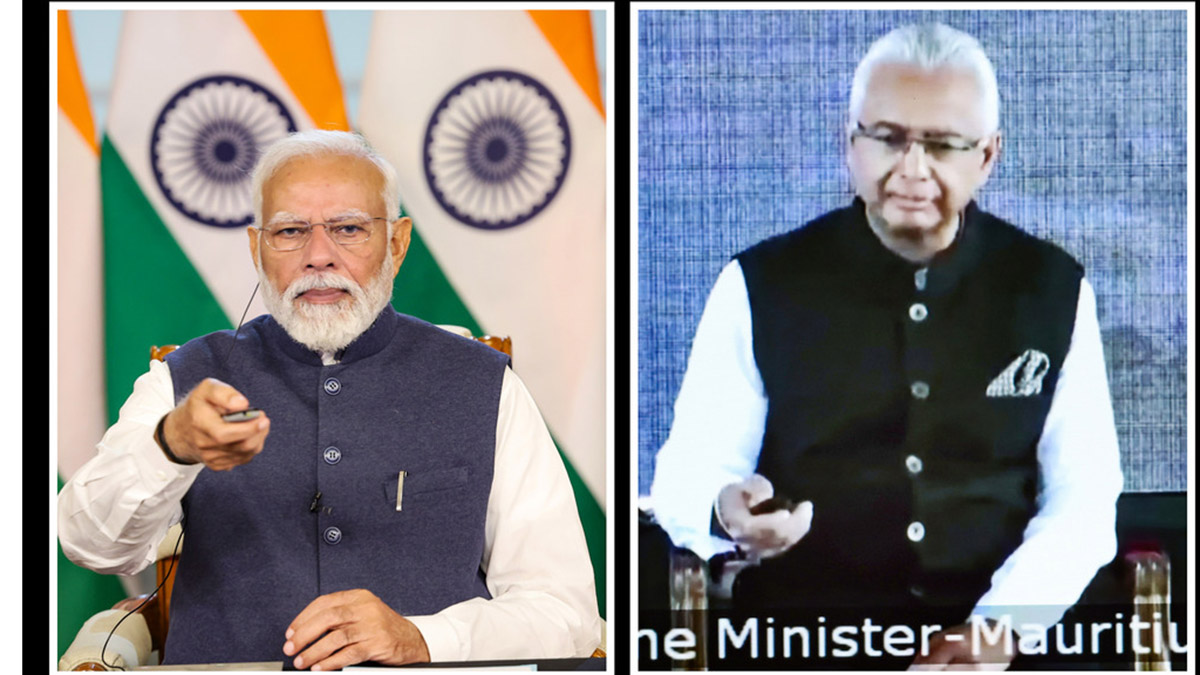The Congress has a precarious minority government in Madhya Pradesh, falling short of the majority mark by two seats at a tally of 114. Its government is shored up by two MLAs of the Bahujan Samaj Party (BSP), one of the Samajwadi Party (SP) and four Independens. The Bharatiya Janata Party (BJP) has 107 seats in the Assembly.
The situation seems tailor-made for the sort of manipulation for which the BJP has become under its current dispensation. Thus, amidst swirling speculation that the BJP is trying to bring down the alliance government in Karnataka, evidenced by the fact that two Independent MLAs withdrew support to the government, faint rumours are trickling in to the effect that manipulations are also in the making in Madhya Pradesh.
It has been reported that Congress leaders fear that machinations are underfoot to bring down the Madhya Pradesh government. The question is now about how the BJP will go about doing that. Let’s start with the Independents. The four of them, we can presume, have no particular political loyalty either way, so their actions will be guided purely on the basis of self-interest. This, in effect, means that whichever party offers them a better deal will get their support.
It is well known that the BJP’s war chest is much larger than the one the Congress possesses. So, if it boils down to which party can offer them more money, the BJP is in pole position to buy their loyalty. But deal-making in politics does not always boil down simply to who can fork out more.
The other factor that comes into play is what either party can offer by other means. One of the Independent MLAs has been inducted into the Cabinet, which gives him a decent incentive to stay on the side he has presently chosen. Chief Minister Kamal Nath is an old hand at manipulation. He can presumably offer the others gratification by other means. And many are available by way of lucrative positions outside the government. Thus, it would be premature to say that the BJP is a frontrunner for winning their affections.
The fact that all four Independent MLAs have become associate members of the Congress may not count for much, but the numbers do. For the BJP to form government, it needs to win over the two BSP and lone SP member as well. Certainly, in the current climate, the BSP and the SP, who have just forged an anti-BJP alliance in Uttar Pradesh, will neither switch sides nor oblige the BJP by just withdrawing support. That would be politically disastrous.
In other words, the Independent MLAs will not be able to dislodge this government by switching sides and thus, have nothing to gain by doing so. Nath’s government seems safe, which is why he seems confident enough to say that the BJP should protect its own house first.
And, given developments in various parts of the country, well it might. Let’s begin with the BJP’s situation in Maharashtra. In 2014, in alliance with the Shiv Sena, the BJP won 23 seats and its allies won 18 — making it 41 out of 48 seats. The Nationalist Congress Party (NCP) won four seats and the Congress two, contesting separately. A look at the vote shares of these main parties is instructive.
The BJP won 27.3 percent of the vote and the Shiv Sena 20.6 — that equals almost 49 percent. The Congress got 18.1 percent and the NCP got 17.3 — that equals 35.4 percent.
Given that all the political configurations remain equal, obviously the BJP-Shiv Sena alliance will walk away with most of the seats in this year’s Lok Sabha elections. But all things are not equal. On the Opposition side, the Congress and NCP stitched up an alliance for the impending elections last year, well in time to run a coordinated campaign. It has now been reported that they have agreed on a formula to share 45 of the 48 Lok Sabha seats in the state.
Moreover, Raju Shetti’s Swabhimaani Shetkari Sanghatana (SSS) looks set to join the alliance, alongside the Bahujan Vikas Aghadi (BVA) and the Communist Party of India (Marxist). While the SSS and BVA may not command a huge share of the vote, they have considerable influence, which can affect outcomes. This alliance will not be a pushover.
But that is not the main part of the story, which is the relationship between the BJP and the Shiv Sena. The latter has been constantly sniping at the BJP and especially its leadership on a variety of issues. Most recently, it has warned the ruling party at the Centre not to try and make political capital of the chargesheets filed against Kanhaiya Kumar and others. Its mouthpiece, Saamna, frequently issues trenchantly critical editorials against the BJP.
Most important, however, is the fact that the Shiv Sena has been threatening for a while now that it is going to go solo in the impending Lok Sabha elections and the threat has been made frequently. However, it hasn’t followed up on these threats with action and continues to be a fairly loyal ally. But the sniping and the threats seem to be taking a toll on the relations between the allies.
It could well be that the Sena is just trying to soften up the BJP with an eye on the seat-sharing talks that are bound to come soon and that the alliance will endure. The question, however, is how well it will work if acrimonious negotiations top an already soured relationship. The saffron camp does not look a happy family in contrast to a rejuvenated Opposition.
All things considered, the momentum in the new year does not seem to be with the BJP anymore, which is why, according to reports, it is trying to raise another Narendra Modi wave to win the election. But the situation has changed completely between 2014 and 2019: Whether or not a new wave will be possible and whether if one is raised, it will sweep the country are doubtful propositions.


)




)
)
)
)
)
)
)
)